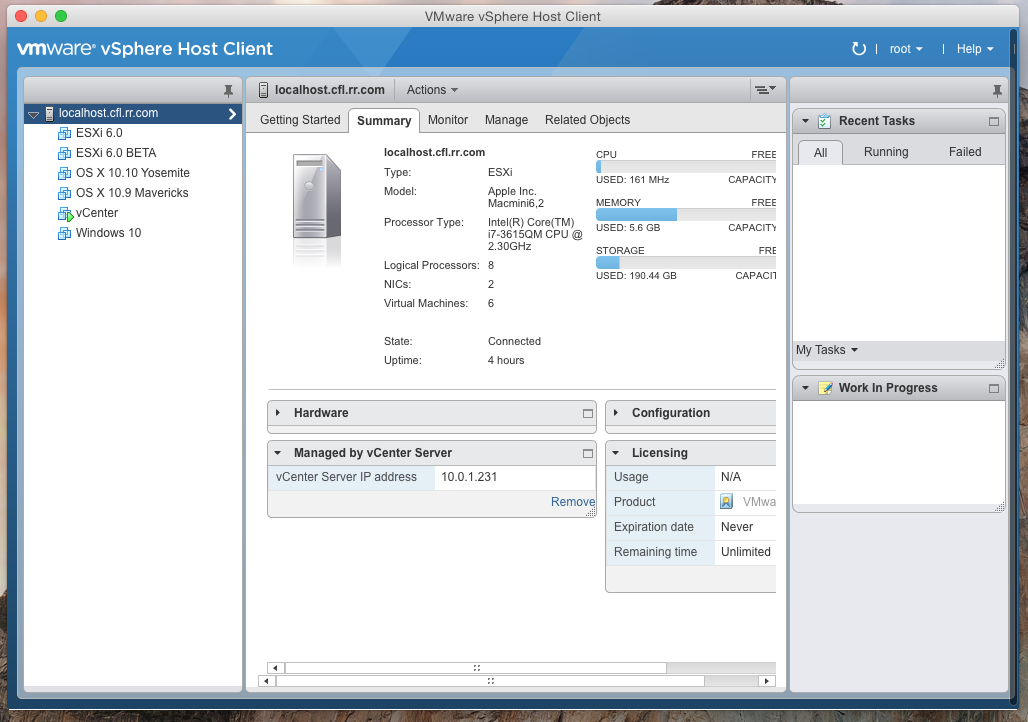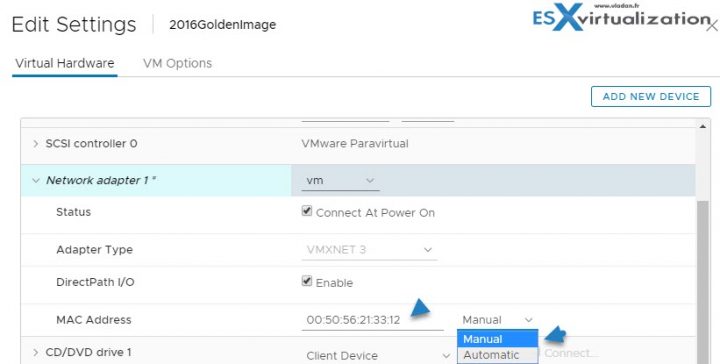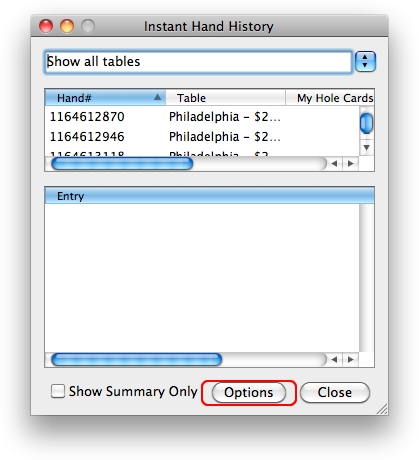
Library/Application Support/VMware Tools It is needed because any attempts to install macOS cannot be completed because there seems to be no keyboard or mouse support – this means you can’t select any of the required install options etc.īe sure to install VMWare tools for macOS. This is a very small and quick installation. You will want to download “VMware vSphere Hypervisor (ESXi ISO) image”. You need to create an account for your free download and license key. Find something to do with the new macOS installation! – While I’ve done this – I haven’t actually used it. change the macOS screen resolution – using the command line instructionĨ.

Install VMWare Tools on the macOS imageħ. Create macOS install image (you don’t need to create a physical USB key for this)Ħ. Install VMWare Unlocker software (I’ll explain why later)ĥ. Download and create VMWare ESXi install mediaĤ. Setup the VMWare Host PC – ensure you have memory and SSD/Hard drive spaceĢ. I would recommend a large SSD – initially I had a 120GB SSD and have since changed it for another I happened to have – depending on what you want to do I would recommend a minimum of 512GB.ġ. When you perform the initial installation of VMWare ESXi you will need a monitor and keyboard attached – after that you won’t need them. If you haven’t seen one – it’s physically of a similar size to a Mac Mini. I have a Levovo Tiny PC, with 16GB of ram and a 240GB SSD.

VMWare ESXi will need some dedicated hardware to run on. You will need a installation of VMWare into which you can create the macOS virtual machine. Warning: macOS terms of service may permit you to run macOS as a virtual machine – proceed on your own choice, also refer license agreement below. You can run macOS as a virtual machine on VMWare ESXi 7… along with other virtual machines.

MacOS running on VMWare ESXi 7 5 January 2021 Posted by David Wilson in General.


 0 kommentar(er)
0 kommentar(er)
